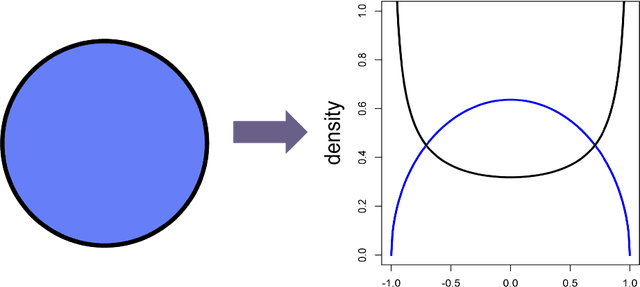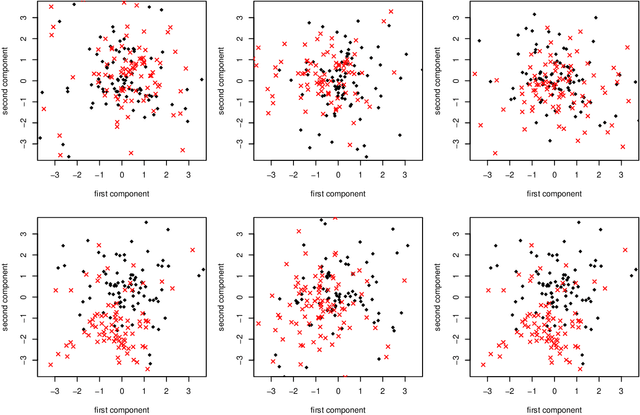Random projections: data perturbation for classification problems
Paper and Code
Nov 25, 2019



Random projections offer an appealing and flexible approach to a wide range of large-scale statistical problems. They are particularly useful in high-dimensional settings, where we have many covariates recorded for each observation. In classification problems there are two general techniques using random projections. The first involves many projections in an ensemble -- the idea here is to aggregate the results after applying different random projections, with the aim of achieving superior statistical accuracy. The second class of methods include hashing and sketching techniques, which are straightforward ways to reduce the complexity of a problem, perhaps therefore with a huge computational saving, while approximately preserving the statistical efficiency.
 Add to Chrome
Add to Chrome Add to Firefox
Add to Firefox Add to Edge
Add to Edge